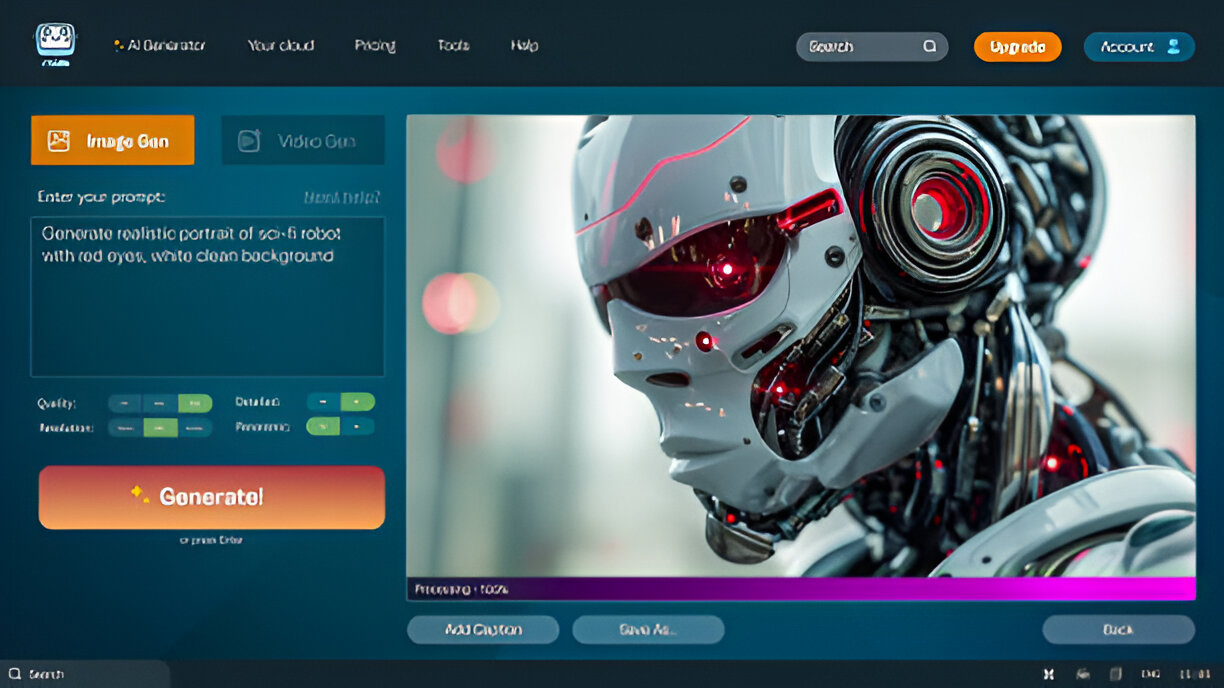The role of technology in education has become increasingly significant, helping to enhance learning experiences and improve student outcomes. One such technological tool that has gained prominence in educational settings is the graphing calculator. These devices, which can plot graphs, solve simultaneous equations, and perform a myriad of other tasks, have been integrated into curricula worldwide. Graphing calculators are particularly beneficial in subjects such as mathematics and the sciences. They aid students by providing a visual representation of complex equations and functions, which can make challenging concepts more accessible. This visualisation ability is particularly useful in calculus and algebra, where understanding the behaviour of a graph is essential. By using graphing calculators, students can engage more deeply with the material. Instead of spending excessive time on manual computations, they can focus on problem solving and analytical thinking. These calculators facilitate a hands-on learning approach, encouraging exploration and experimentation which are key components of effective learning. Moreover, graphing calculators are known to improve student confidence in mathematics. By allowing students to verify their solutions quickly, they can approach problems with greater assurance. This confidence boost is crucial, particularly for students who may struggle with abstract mathematical concepts. The integration of graphing calculators into educational curricula also supports differentiated instruction. Teachers can tailor lessons to meet the diverse needs of their students by using these tools to present information in various ways. For instance, students who are visual learners may benefit more from seeing a graph plotted out, compared to reading an equation in its syntactical form. Furthermore, the use of graphing calculators aligns with the growing emphasis on STEM (Science, Technology, Engineering, and Mathematics) education. As students are required to meet higher academic standards, these calculators enable them to tackle more sophisticated problems efficiently, thereby preparing them for higher education and technical careers. Modern graphing calculators are equipped with advanced features that extend beyond basic graph plotting. They can handle statistical calculations, matrix operations, and even programming in some cases. This versatility makes them invaluable tools not only in high school education but also at the tertiary level, where more complex analytical tasks are performed. The ability to program some graphing calculators introduces students to fundamental programming concepts, fostering an interest in computer science and technology. As students increasingly encounter programming in various fields, early exposure through math applications can be beneficial in nurturing their interest and skills. While graphing calculators offer many educational benefits, their implementation is not without challenges. One significant consideration is ensuring equitable access. Schools must strive to provide these devices to all students, irrespective of their economic background, to prevent disparities in learning opportunities. Additionally, there is a learning curve associated with becoming proficient in using graphing calculators. Teachers must be adequately trained to instruct students on how to make the most of these tools. Professional development opportunities for educators are therefore imperative to maximise the educational value of these calculators. As digital technology continues to evolve, the capabilities of graphing calculators are likely to expand. Their role in education will thus continue to be significant. The integration of new technologies, such as connectivity features and interactive displays, may further enhance their utility in classrooms. In the future, we can expect graphing calculators to be more seamlessly integrated with other educational technologies, such as computers and tablets. This would allow for a more holistic approach to teaching and learning, where students can interact with and analyse data in real-time. Graphing calculators will no doubt continue to support curriculum goals and help educators bridge gaps between abstract mathematical theory and practical application. Their ability to aid in making abstract concepts tangible is key to their success as educational tools. Overall, the graphing calculator is a powerful educational tool that supports a wide range of learning objectives. By providing visual representations of mathematical concepts and facilitating complex computations, they enhance student understanding and engagement. As educational technologies continue to develop, graphing calculators will remain vital in preparing students for academic success and future careers in both STEM and non-STEM fields. Ensuring equitable access and comprehensive teacher training will be crucial in maximising their impact in the classroom.The Impact on Learning
Integration into Educational Curricula
Advanced Features and Capabilities
Challenges and Considerations
The Future of Graphing Calculators in Education
Conclusion




Want to add a comment?